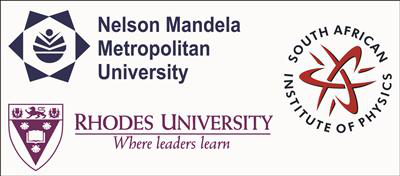Speaker
Level for award<br> (Hons, MSc, <br> PhD, N/A)?
MSc
Apply to be<br> considered for a student <br> award (Yes / No)?
Yes
Main supervisor (name and email)<br>and his / her institution
B. van Soelen
vansoelenb@ufs.ac.za
Department of Physics, UFS
Abstract content <br> (Max 300 words)<br><a href="http://events.saip.org.za/getFile.py/access?resId=0&materialId=0&confId=34" target="_blank">Formatting &<br>Special chars</a>
High resolution radio imaging of Active Galactic Nuclei (AGN) jets has revealed that there are complex small scale structures, such as radio knots, present in the relativistic outflows. With continuous observation of these sources we note that the structures are highly time dependent. In order to gain a better understanding of how these structures form and evolve it is necessary to build a numerical model of the system. Due to the large length scales of astrophysical processes compared to particle interaction scales we can treat most of these processes as neutral fluids and use hydrodynamical conservation laws to obtain an appropriate model. In this study the opensource magnetohydrodynamical code PLUTO will be used to create a numerical model of relativistic AGN outflows. The PLUTO code uses High Resolution Shock Capturing (HRSC) schemes to evolve the time dependent partial differential conservation equations on a structured mesh. The magnetohydrodynamical code can be used to simulate a large number of other astrophysical environments such as accretion disks around compact objects. In this paper we present our initial model for the creation of a relativistic hydrodynamical jet and compare it to models obtained in previous studies. We will also present some of possibilities for future simulations.
Please indicate whether<br>this abstract may be<br>published online<br>(Yes / No)
Yes
Would you like to <br> submit a short paper <br> for the Conference <br> Proceedings (Yes / No)?
Yes

